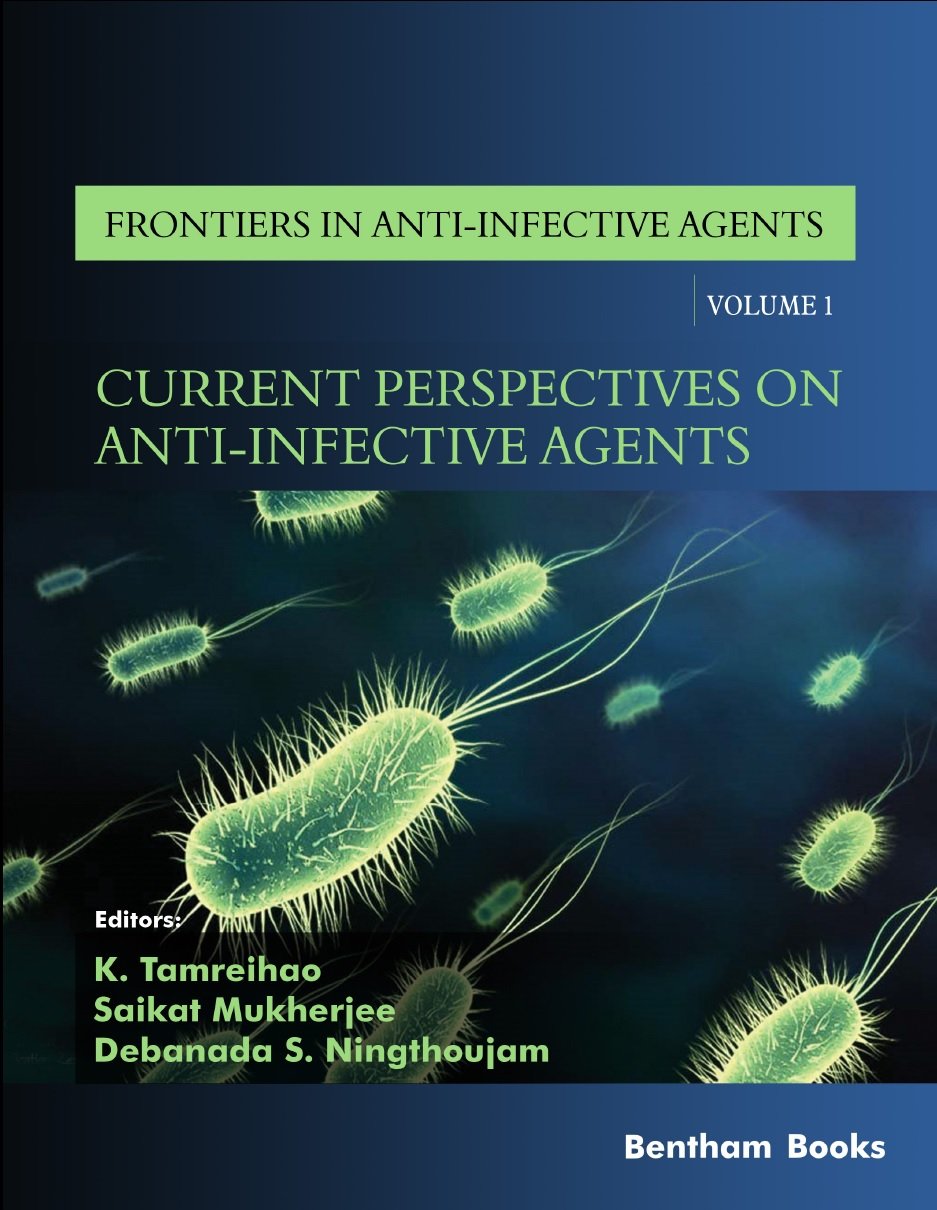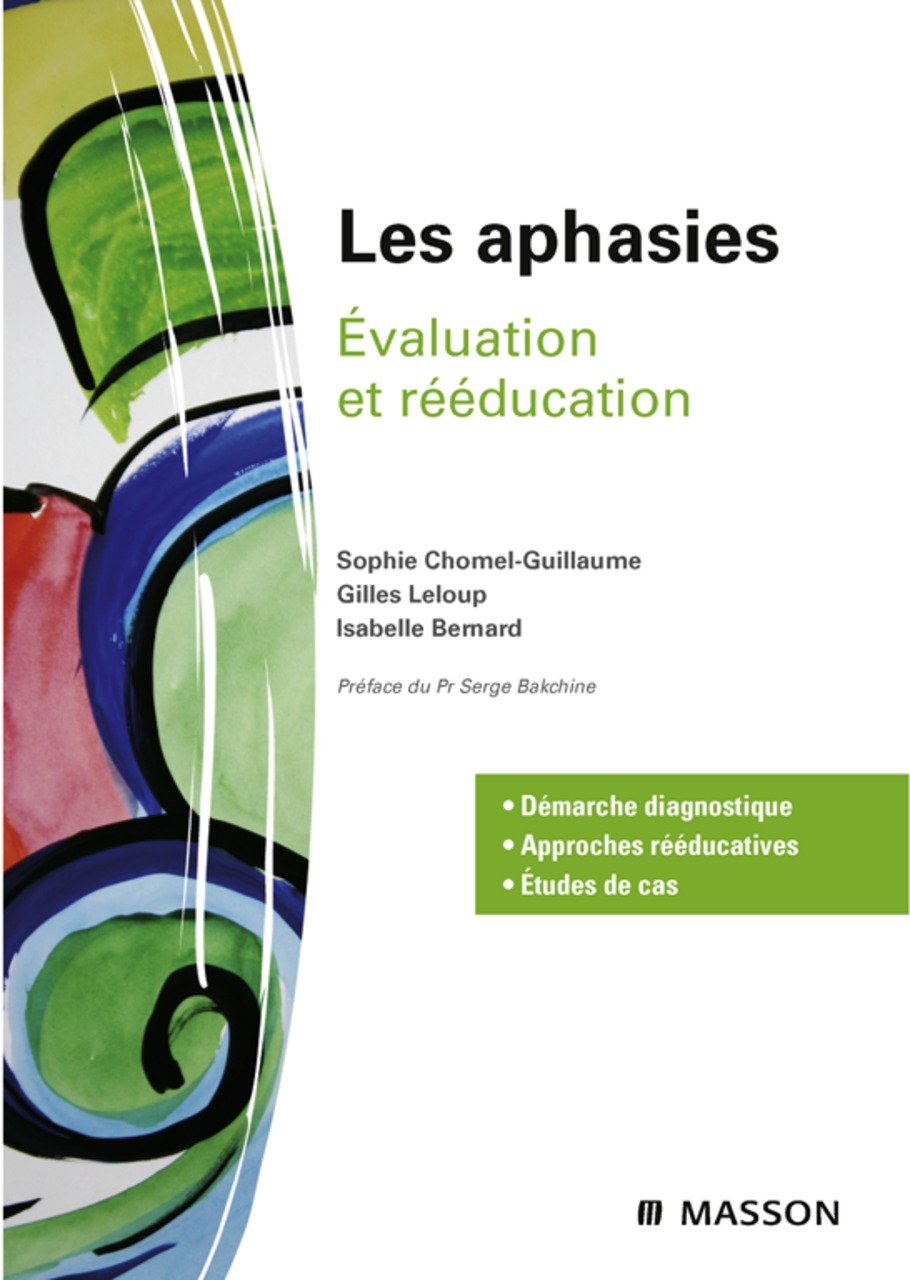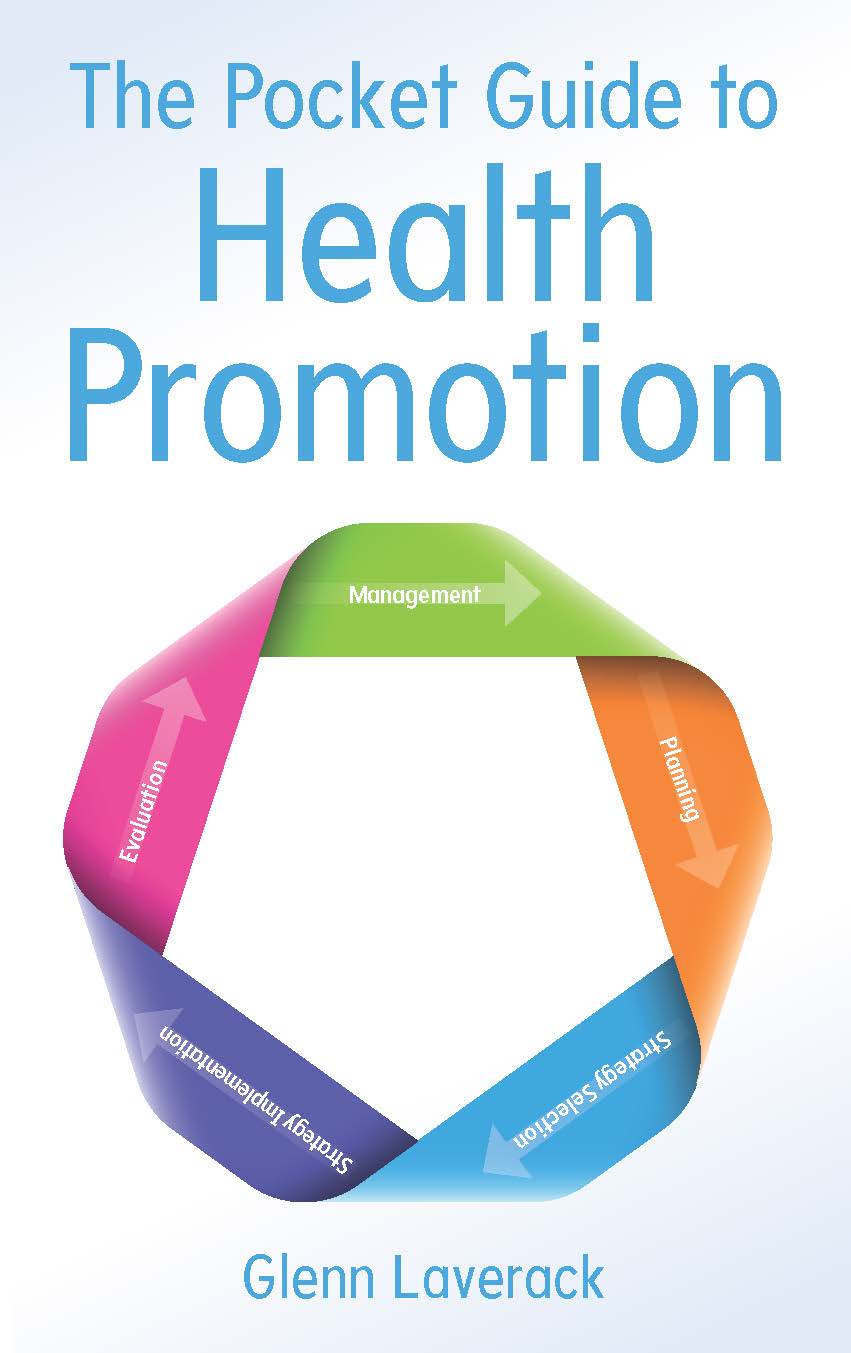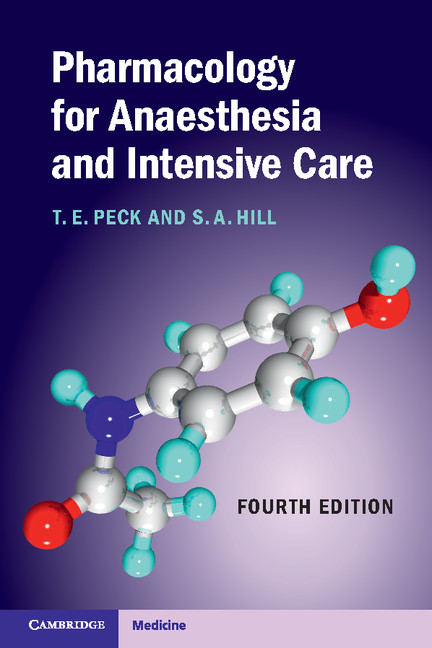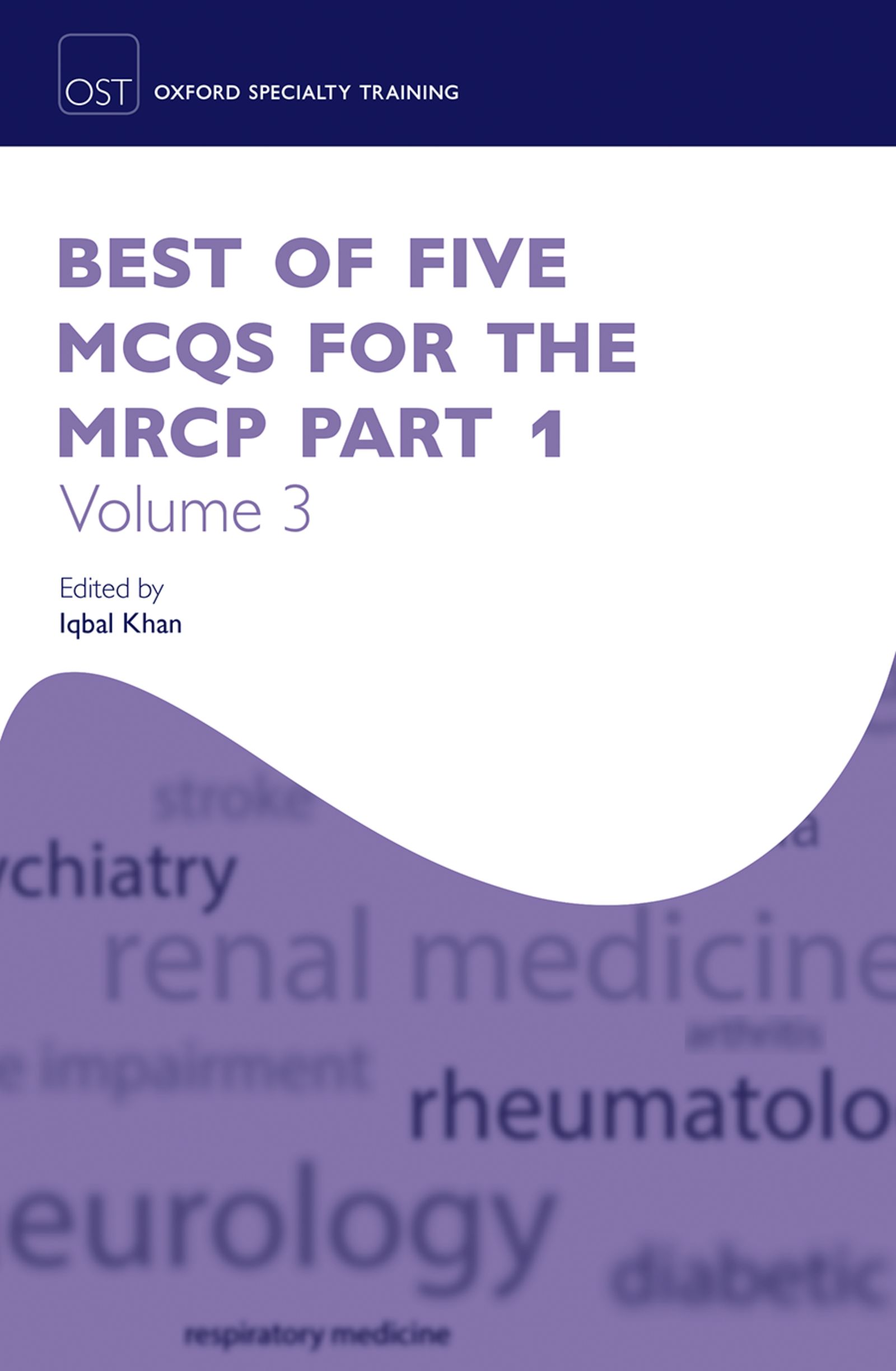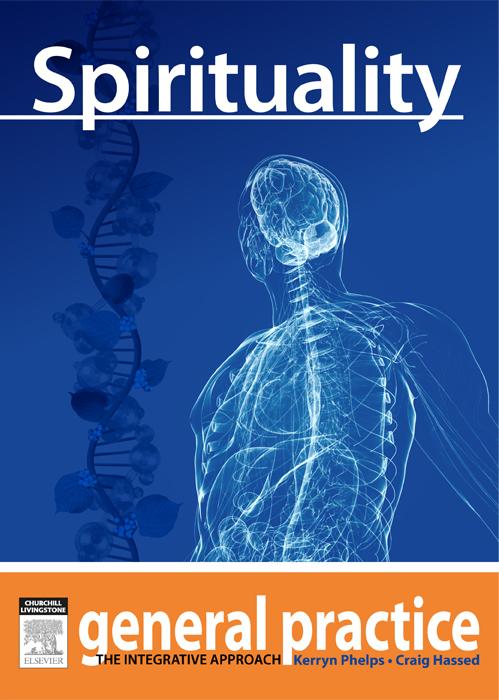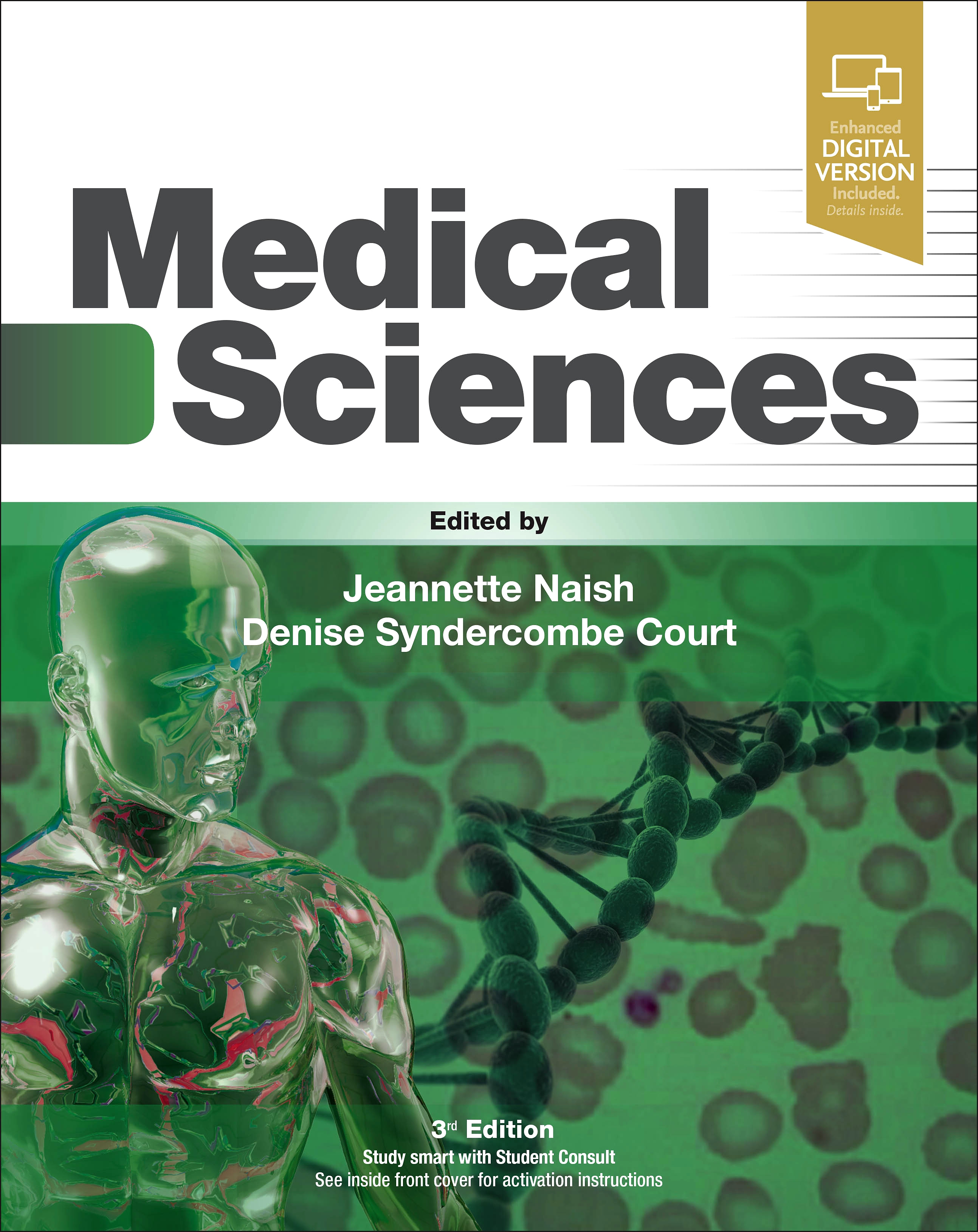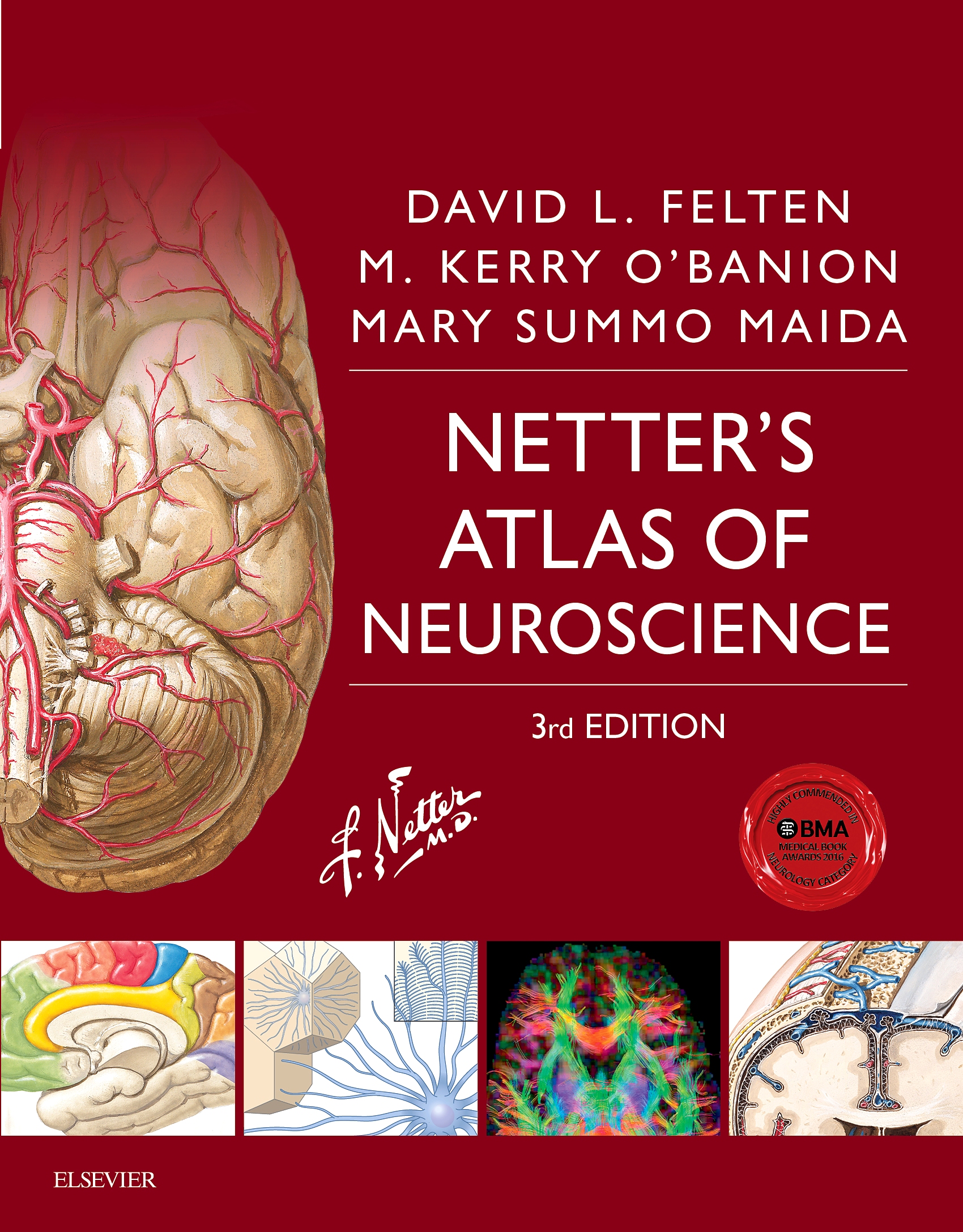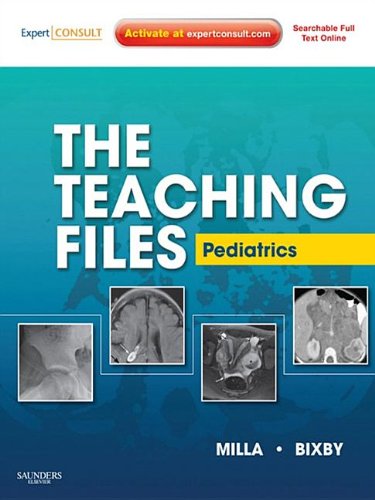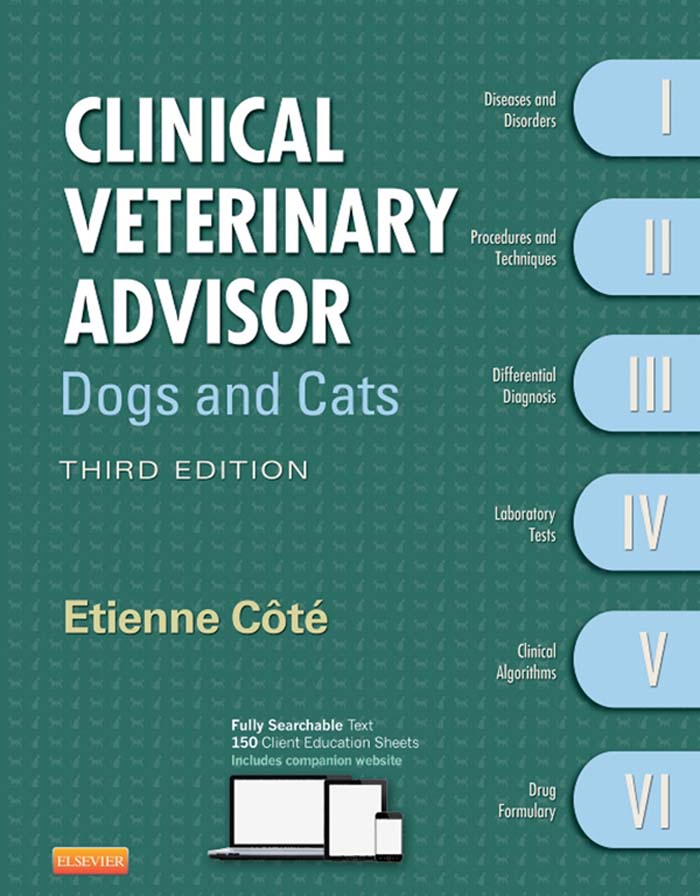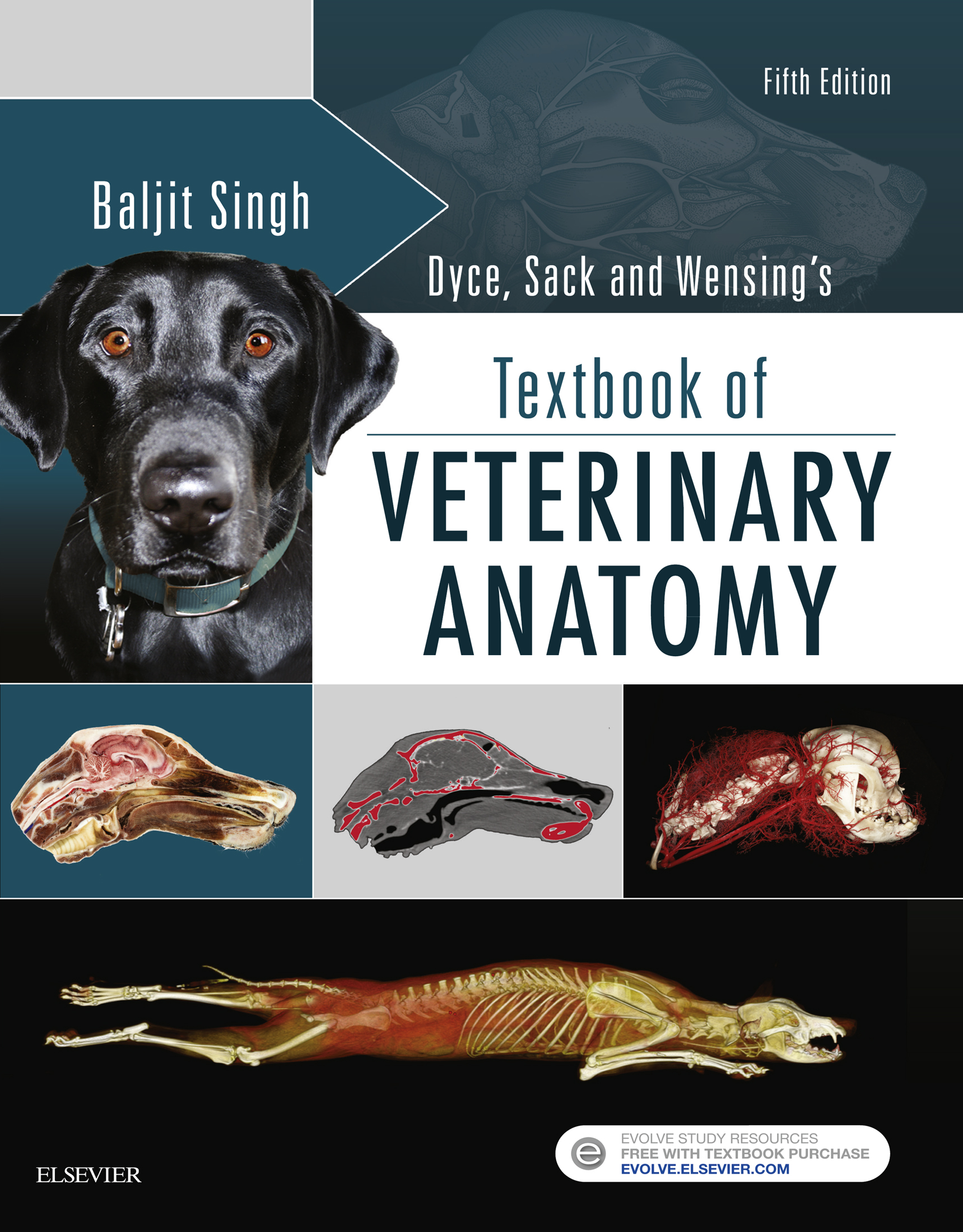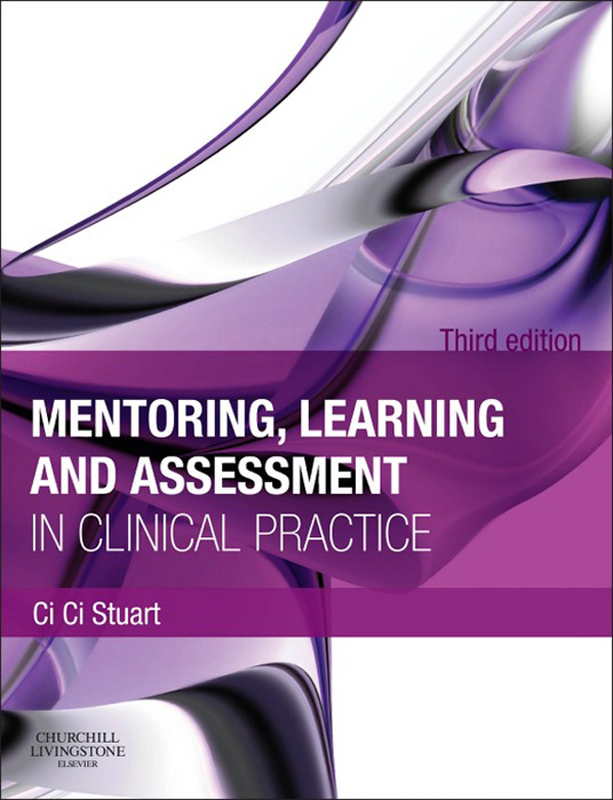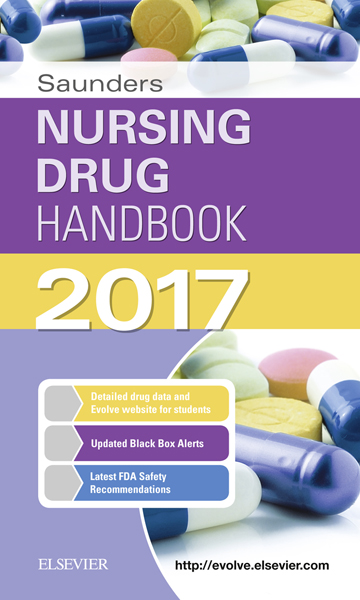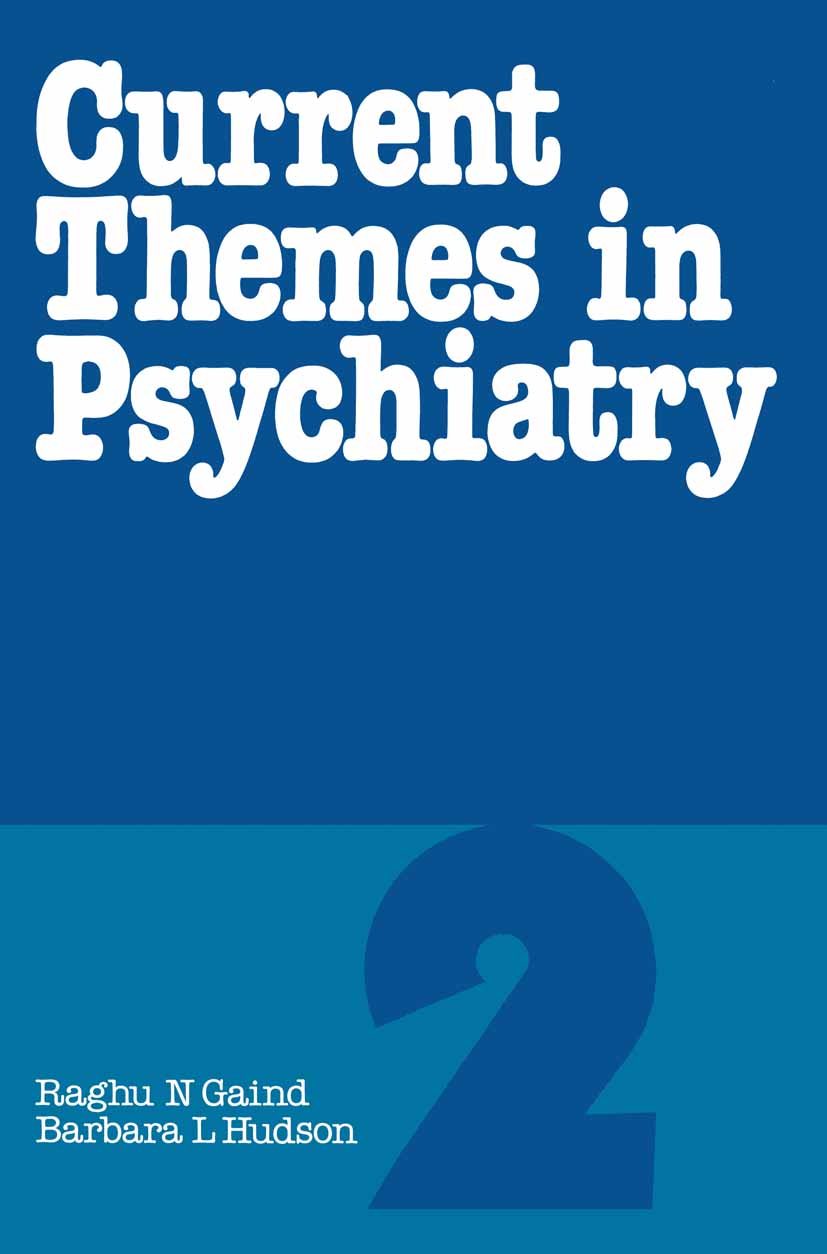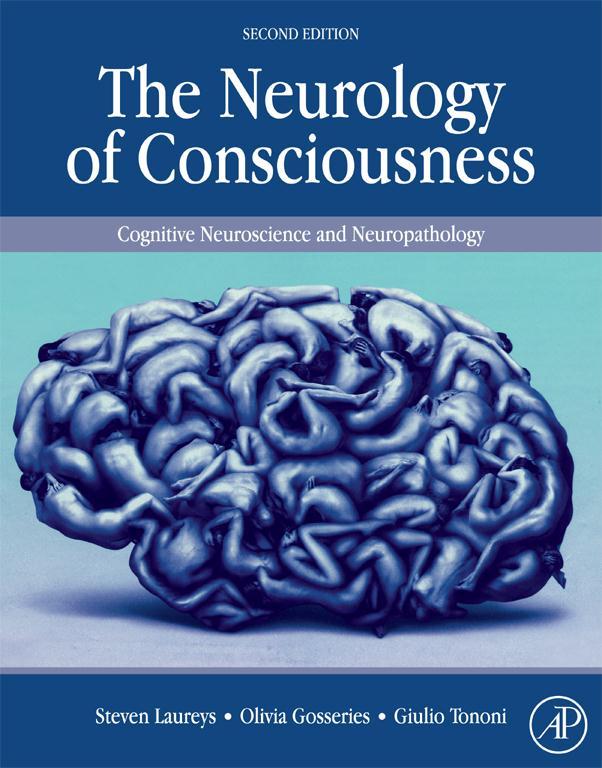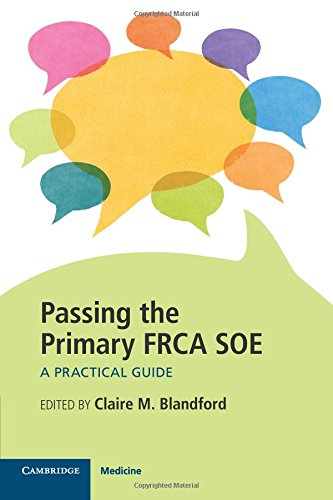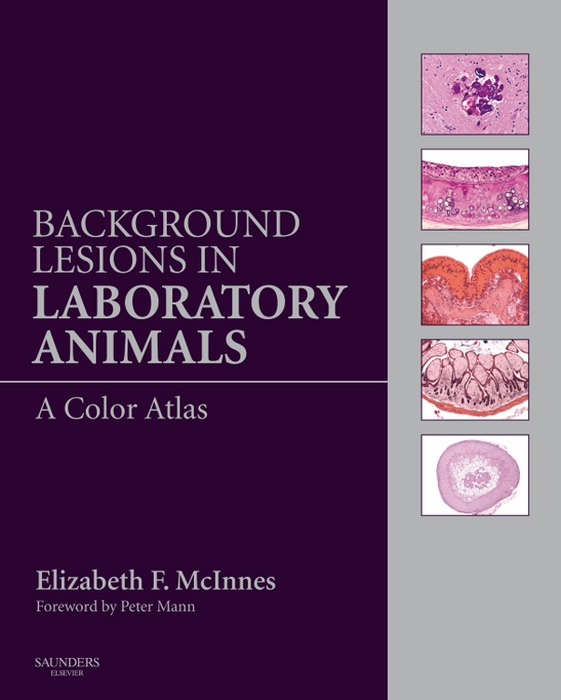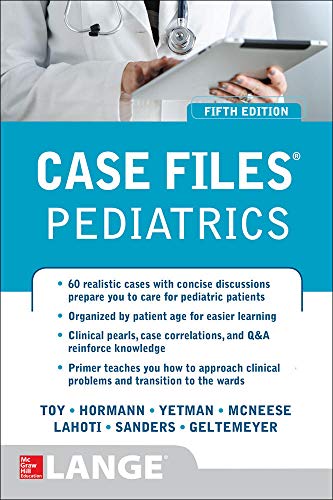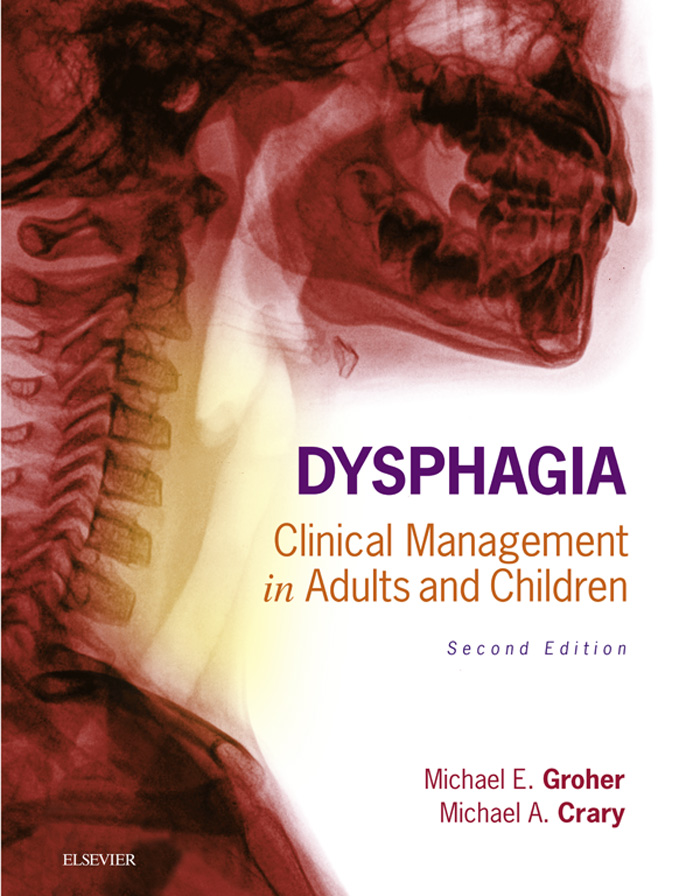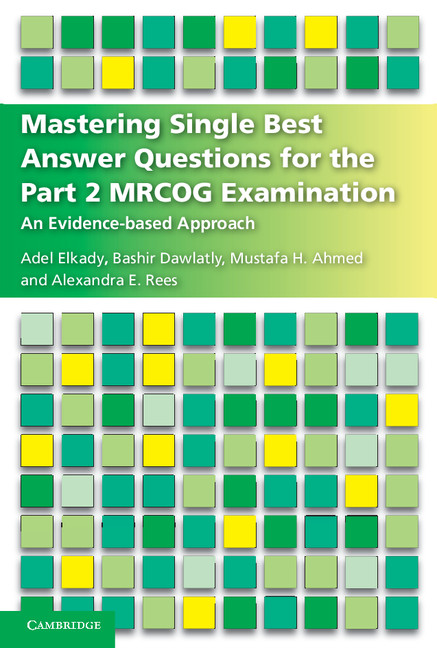Current Perspectives on Anti-Infective Agents
Current Perspectives on Anti-Infective Agents
The volume is a comprehensive documentation on major infectious diseases from tropical countries which pose a serious threat to global healthcare programs. These include diseases such as tuberculosis, AIDS, leishmaniasis (kala-azar), elephantiasis, m...
Read more
The volume is a comprehensive documentation on major infectious diseases from tropical countries which pose a serious threat to global healthcare programs. These include diseases such as tuberculosis, AIDS, leishmaniasis (kala-azar), elephantiasis, malaria, leprosy, various fungal disorders and emergent viral diseases. Due to the widespread use of antibiotics, there is an emergence of drug-resistant pathogens in many regions. Hence, there is a need to search for novel, cost-effective bioactive compounds that demonstrate high efficacy and low toxicity in human cells from unexplored ecosystems to combat emerging drug-resistant pathogens. Chapters of this volume focus on the pathogenesis and etiology of each of the mentioned diseases, updated WHO reports wherever applicable, conventional drugs and their pharmacokinetics as well as new approaches to develop anti-infective agents. The authors also present a detailed report on ‘superbugs’ (multi-drug resistant pathogens) and new measures being taken up to eradicate them. Information about new antimicrobials (bioactive peptides and silk protein sericin) and the approaches taken by scientists and healthcare professionals for successful targeting of these molecules for human medicine. This volume is essential for general readers, healthcare professionals, researchers, and academicians actively involved in research on infectious diseases and anti-infective therapeutic drugs. [Series Introduction] Frontiers in Anti-Infective Agents is a book series that focuses on current and new antibiotics and vaccines. The series highlights the challenges faced by healthcare workers around the globe when facing epidemics caused by life-threatening pathogens along with the measures being taken to combat these challenges. The series is essential reading for all involved in infectious disease research including microbiologists, medical professionals, epidemiologists, and life science researchers.
Less


